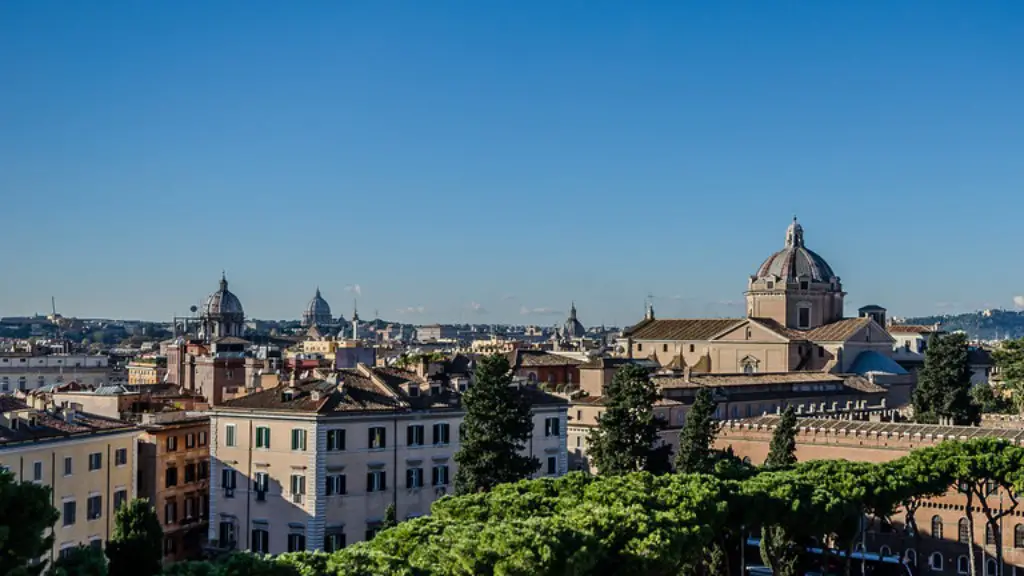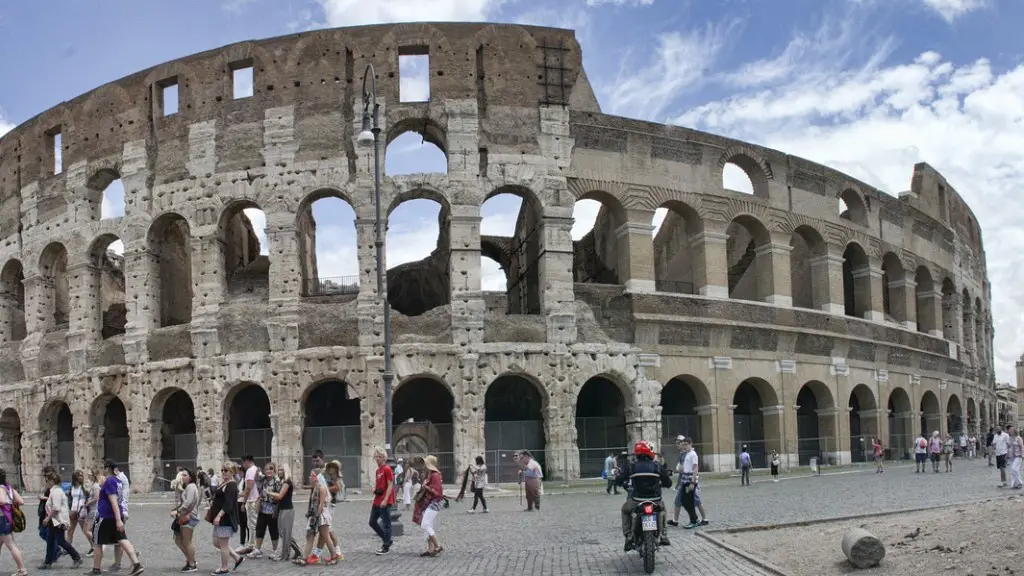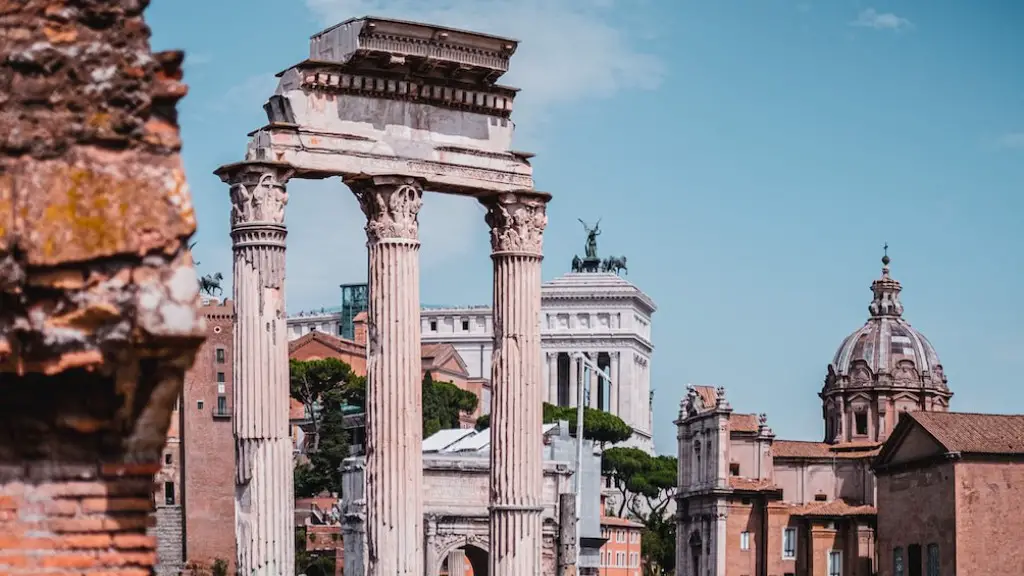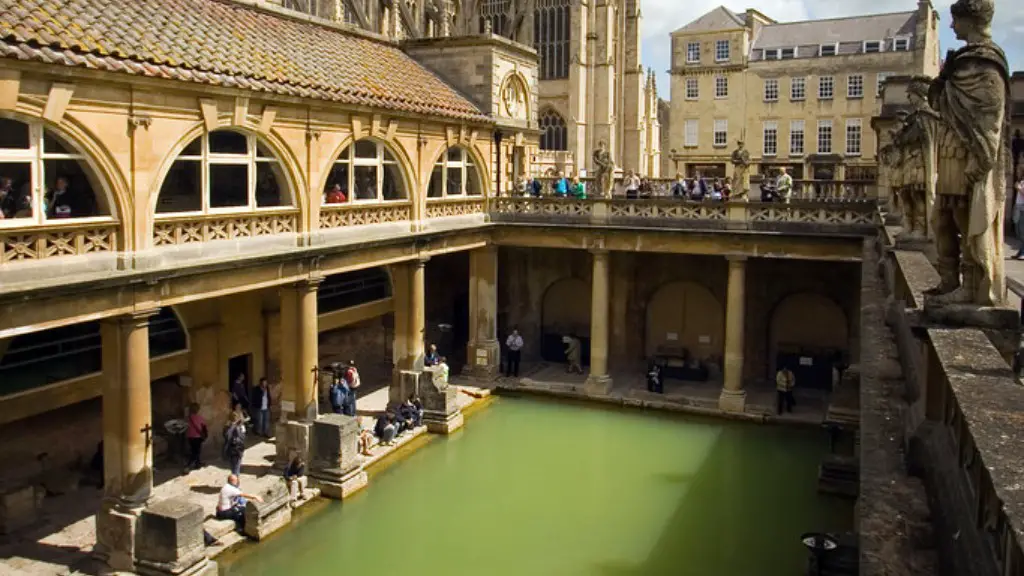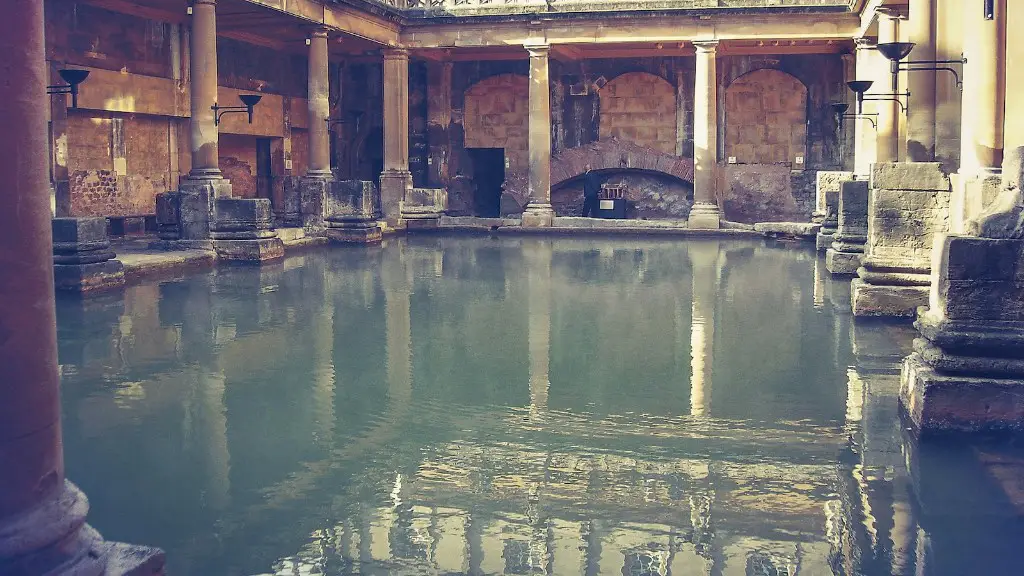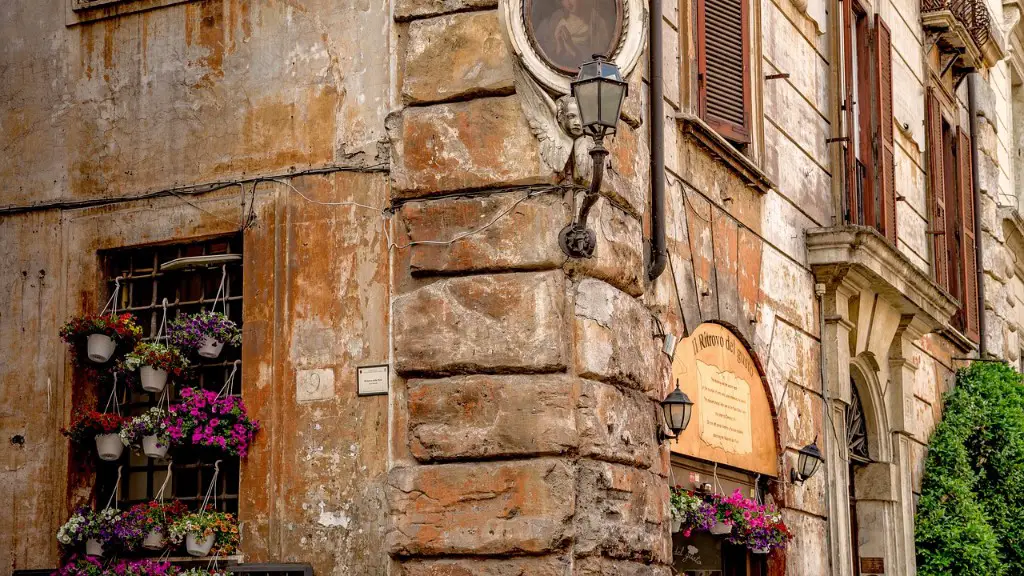Many people know that Rome was once a great empire with a rich culture. What is lesser known is that the Roman Empire was actually split in two by Theodosius I in 395 AD. The Western Roman Empire fell in 476 AD, while the Eastern Roman Empire continued to exist for another thousand years. Today, the Eastern Roman Empire is better known as the Byzantine Empire. As for Rome itself, it is now a city in Italy.
Today, the area that was once ancient Rome is known as Rome, Italy.
What is ancient Rome called today?
If you are interested in ancient history, then a visit to Rome is a must. You can see many of the original buildings that date back to the time of the Roman Empire. The Colosseum and the Roman Forum are just two of the many sites that you can visit.
Rome is one of the oldest continuously inhabited cities in the world. It is the largest city in Italy in terms of population, and is the fourth-largest city in the European Union by population within city limits.
Is there anything left of ancient Rome
It is amazing how much evidence of the Roman Empire we can still see in our modern world. From bridges and stadiums to books and the words we hear every day, the ancient Romans have left their mark on our world. It is a testimony to their engineering and architectural prowess that so many of their structures are still standing, and that we continue to use many of their technologies. Their literature and language have also had a lasting impact, shaping much of Western culture. And their system of law is still the foundation of many legal systems today. It is truly amazing how such an ancient civilization has shaped so much of our modern world.
Latin is the language that was spoken by the ancient Romans and was spread by them as they extended their empire. By the time of Julius Caesar, Latin was spoken in Italy, France, and Spain.
What nationality were Romans?
The early Romans were Latins who lived in the Latin homeland of Latium. They were some of the first people to settle in the area and were instrumental in the development of the region.
At its zenith, the Roman Empire included most of today’s countries and territories in Europe and coastal northern Africa. The Roman Empire was one of the largest empires in world history and at its height controlled a territory that extended from England to Egypt and from Spain to the Balkans.
Why did Rome fall?
The fall of the Western Roman Empire is often attributed to invasions by barbarian tribes. These tribes, like the Goths, had been a thorn in Rome’s side for centuries, but by the 300s they had encroached beyond the Empire’s borders. Rome had sustained a series of military losses against these outside forces, and this is thought to be one of the main reasons for the Empire’s demise.
There are many reasons for the fall of the Western Roman Empire, including barbarian invasions, economic problems, and a decline in civic pride. The Eastern Roman Empire, or Byzantine Empire, lasted much longer, due to its strong defense against invaders and its ability to adapt to changes. In the end, the Byzantine Empire fell to the Ottoman Turks, who conquered Constantinople in 1453.
Why is so much of Rome underground
Rising river levels, such as the Tiber, flooded lower Rome, and the applied material was often not removed by returning residents. It got to the point that the ground floors and first floors of tenement houses actually became basements. This resulted in a total loss of living space, and often resulted in major health and safety concerns.
In 410 CE, the Visigoths, led by Alaric, breached the walls of Rome and sacked the capital of the Roman Empire. The Visigoths looted, burned, and pillaged their way through the city, leaving a wake of destruction wherever they went. The plundering continued for three days.
What destroyed ancient Rome?
The date 476 CE is indeed the fall of ancient Rome as it marks the end of the western Roman Empire. Odoacer, leader of the Germanic barbarians, overthrew the child Emperor Romulus Augustulus, and thus ended the ancient Rome. This event is often cited as one of the most significant turning points in history.
Pope Francis has argued that the historical Jesus principally spoke a Galilean dialect of Aramaic. This is supported by religious scholars and historians who agree that Aramaic was the predominant language in the region during Jesus’ lifetime. Aramaic is a Semitic language that was spoken widely throughout the Middle East by the 7th century BC. It became the lingua franca in much of the region due to trade, invasions and conquest. As a result, it is likely that Jesus would have been exposed to and familiar with the Aramaic language.
What language did Adam and Eve speak
Although there is no direct evidence for the existence of the Adamic language, some scholars have speculated that it may have been a real language that was later lost or that it may be a symbolic representation of a lost paradise.
Sumerian is considered to be the first language in the world according to Mondly. The oldest proof of written Sumerian was found on the Kish tablet in today’s Iraq, dating back to approximately 3500 BC.
Are Romans Viking?
The Roman era was around 1,500 years before the Viking age. The Viking age is a period of time lasting from 700 to 1100AD. The Roman era, on the other hand, lasted from 550BC to 450 and to 1450AD.
It is interesting to note that the Latin people who lived in Rome were not known as Romans until around 2,614 years after the Republic was formed. This shows how Rome slowly became a powerful force in the world and how the identity of the people living there changed over time.
Final Words
Ancient Rome is an area that includes the city of Rome and its surrounding territory. In modern times, it is considered a historical and archaeological site.
There is no one answer to this question as ancient Rome is now scattered across a wide area. However, some of the most famous and well-preserved ruins of ancient Rome can be found in the city of Rome itself, as well as in other parts of Italy, such as Pompeii. Additionally, many artifacts from ancient Rome can be found in museums around the world.
